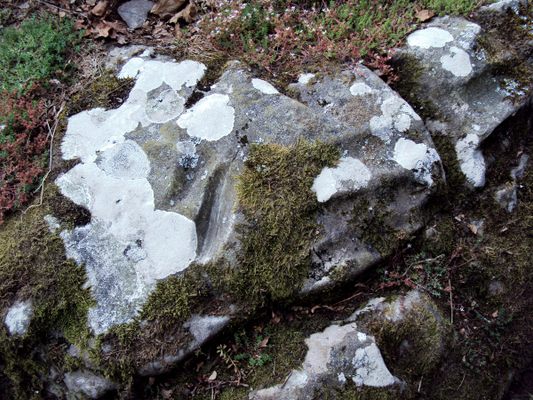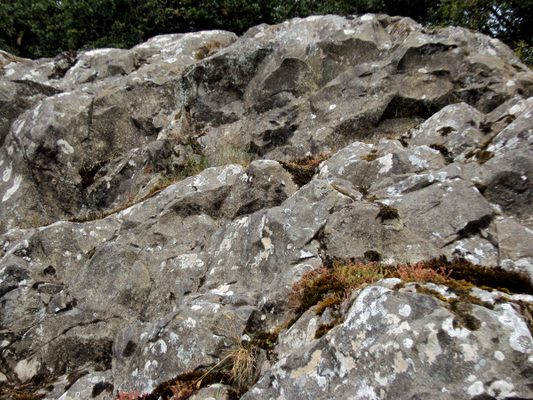About
Set in a clearing among the dense Breton woods lies what appears to be a pile of rocks, and you would certainly be forgiven for not thinking it was anything more!
Closer examination (and a read of the nearby plaque) reveals that the marks and grooves on the stones were actually used to forge and polish tools at this site for over 2,000 years, from around 4,200 BC to 2,000 BC.
The Quelfénec neolithic site was part of a farm until it was rediscovered by prehistorian Charles-Tanguy Le Roux in 1964, and excavated in 1976. A collection of neolithic tools were unearthed from the ancient stone quarry and can now be seen in the nearby Mairie (town hall) of Plussulien.
It's estimated that the prehistoric workshop produced around 5,000 axes and other similar tools per year. These highly prized wares would have then been exported around France and beyond, and indeed Quelfénec axes have been found as far as Belgium and the British Isles.
Related Tags
Know Before You Go
It's worth looking at a map before setting off, but the area is well serviced by public footpaths.
Published
September 12, 2019




























